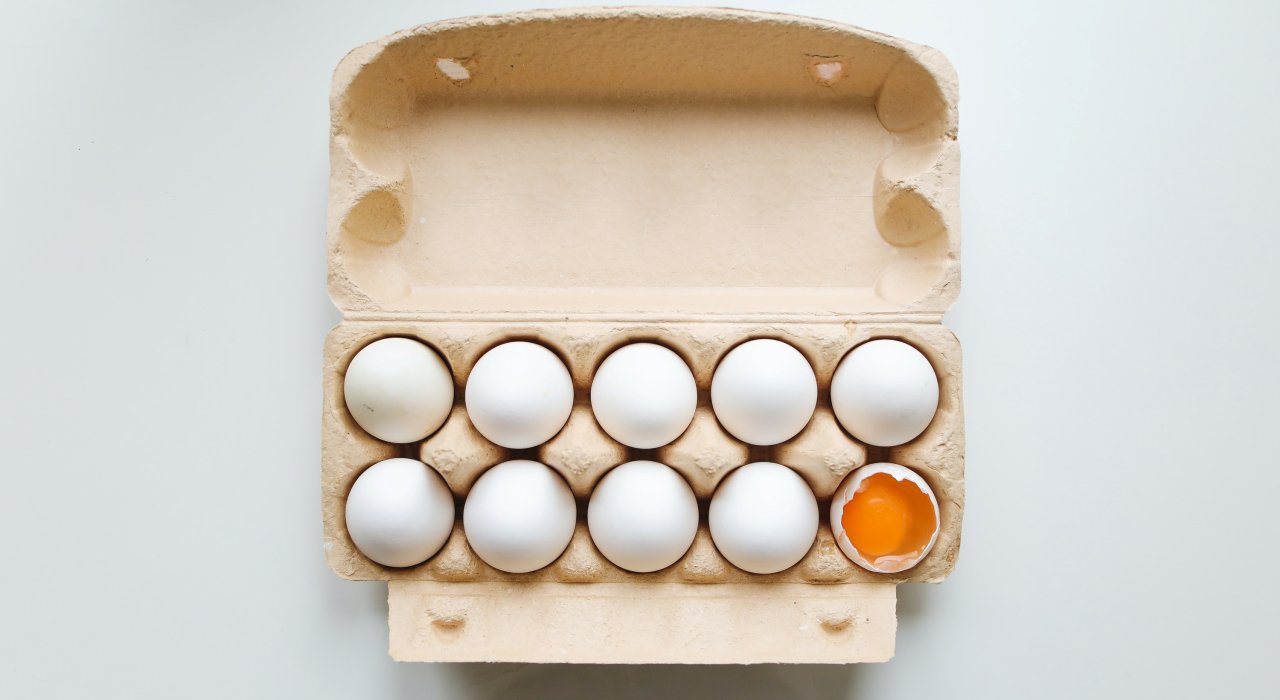A specification must enable one of ordinary skill in the art to practice the full scope of the claimed invention. But as noted by the Federal Circuit, “[t]hat is not to say that the specification itself must necessarily describe how to make and use every possible variant of the claimed invention, for the artisan’s knowledge of the prior art and routine experimentation can often fill gaps, interpolate between embodiments, and perhaps even extrapolate beyond the disclosed embodiments, depending upon the predictability of the art.”
A recent decision from the Patent Trial and Appeal Board, Ex parte Seppo, shows the interplay between enablement and a skilled artisan’s ability to extrapolate beyond potentially inoperative embodiments.
In Seppo, the claims covered a method of generating a composite image of a region of a human tissue sample by generating a first image by binding a human target protein-specific monoclonal antibody labeled with a fluorophore and detecting the bound fluorophore; generating a second image by hybridizing a nucleic acid probe labeled with a fluorophore and detecting the hybridized probe fluorophore; and generating a composite image by registering fluorescent signals from the first image with fluorescent signals from the second image.
The Examiner took issue with a theoretical embodiment involving the use of the same fluorescent label/marker/signal for both steps, stating:
If the label used for the monoclonal antibodies and the label used on the nucleic acid probes is the same … one would not be able to accurately and reproducibly >>register<<, in a composite image, the fluorescent signals from each of the different binding reactions, as they would all be the same.
The Examiner further noted that the examples in the specification used multiple labels on different antibodies and nucleic acid probes, but failed to show how to obtain a composite image with the same fluorescent label – an embodiment covered by the independent claim. Accordingly, the Examiner found “the specification, while being enabling for the method of claim 1 wherein different fluorophores are used … does not reasonably provide enablement for use of the same fluorescent label/marker/signal for all steps.” The Board disagreed.
First, the Board found that although the Examiner “has posited one variant of the claimed method … that in his view would not yield useful information … the Examiner’s reasoning itself suggests that a skilled artisan would expect that embodiment to be of limited or perhaps no utility, and thus those in the art would have known to avoid it.”
Second, the Board noted that the Examiner’s reasoning at best identified a single inoperative embodiment encompassed by the claim, while Federal Circuit precedent suggest that number must be significant and force one of skill in the art to experiment unduly in order to practice the claimed invention. Absent a persuasive showing that undue experimentation would be required to practice the claimed method, the Board reversed the rejection.
Takeaway: When an Examiner alleges that a claim does not satisfy the enablement requirement because it encompasses one or more inoperative embodiments, the Examiner must show that the inclusion of inoperative embodiments is so significant that a skilled artisan would be forced to experiment unduly. In Seppo, the Examiner’s rationale folded on itself because the Examiner admitted that a skilled artisan would have expected his single, hypothetical inoperative embodiment to provide limited information such that a skilled artisan would know to avoid it.
Judges: D. Adams, E. Grimes, J. Fredman

